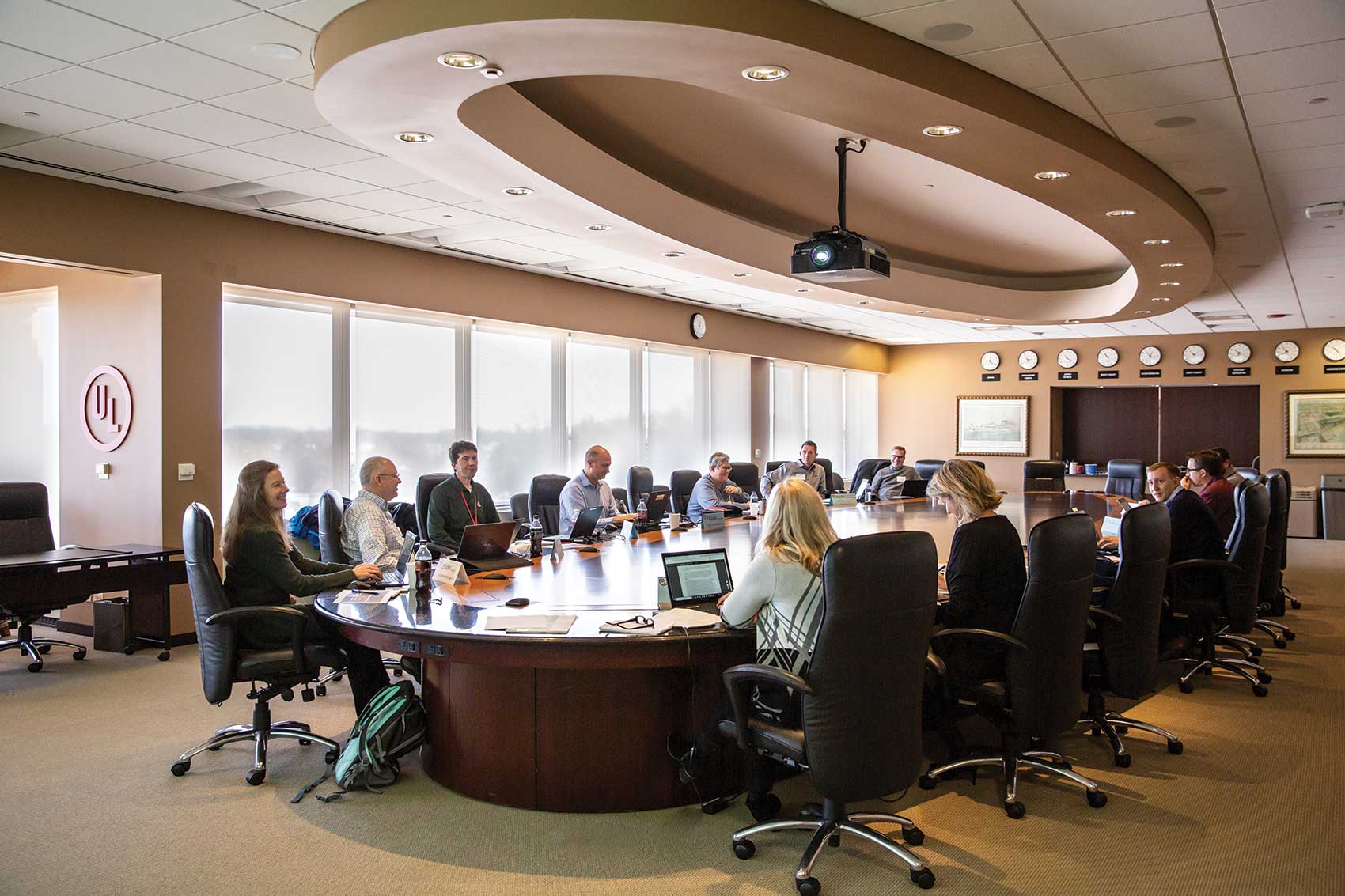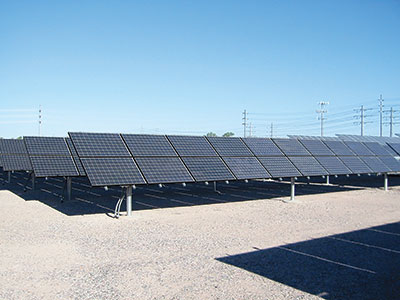The National Electrical Safety Code (NESC) and the National Electrical Code (NEC) are both examples of industry standards. These two standards are very important to most IAEI members because we use one or both of them every day. Though these two standards are prominent in our minds, there are thousands of other industry standards that have a significant effect on us each day. Did you know that there are industry standards that cover everything from toilet paper to topsoil? For those standards, see American Society for Testing and Materials, ASTM D3905 and D5268. In these two examples, the standards organization, the organization that administered the development of the standard, is ASTM. There are hundreds of standards organizations that develop America’s industry standards. The National Fire Protection Association (NFPA) is the standards organization for the NEC. The Institute of Electrical and Electronic Engineers (IEEE) is the standards organization for the NESC.
Some industry standards establish standard physical properties of products. For example, IEEE standard C57.12.26 establishes electrical and physical properties of three -phase pad-mounted transformers. Some industry standards establish testing requirements. For example, IEEE standard C57.12.90 is the industry standard test code for liquid-immersed transformers. IEEE standard 4 establishes standard techniques for high voltage testing. Some industry standards establish minimum safety requirements. For example, ASTM standard F963 is a consumer safety specification for toy safety. Some industry standards are guides or recommended practices. For example, IEEE standard C57.91 is a guide for loading of transformers. IEEE standard 142 is a recommended practice for grounding of industrial and commercial power systems. Some industry standards establish application, protection, maintenance, or safety standards. For example, IEEE standard 1036 is a guide for the application of shunt power capacitors. IEEE standard C37.99 is a guide for the protection of power transformers. IEEE standard 902 is a guide for the maintenance, operation, and safety of industrial and commercial power systems.
ANSI
Some of the industry standards have been accepted by the American National Standards Institute (ANSI) as American national standards. For a particular industry standard to be accepted by ANSI, the development process of the standard must comply with ANSI’s strict requirements. Some of these requirements include: The standards organization meetings must be open to the public. The public must be encouraged by the standards organization to review the proposed standard and develop change proposals. For new standards, the proposed standard must be made available to the public for review. For existing standards, all change proposals must be made available to the public by the standards organization. The public must be allowed adequate time to respond back to the standards organization with comments and arguments for or against the change proposals. The standards organization is required to consider the comments and change proposals developed by the public. Industry standards that are accepted by ANSI are designated by the acronym ANSI followed by the acronym of the standards organization, the standard number and the year the standards organization approved the standard; i.e., ANSI/IEEE Std 101-1987. Note that the approval of the standard as an American national standard usually lags the approval by the standards organization by as much as a year. For example, ANSI/IEEE Std 101-1987 was approved by the IEEE standards board on September 10, 1987. ANSI approved it on February 19, 1988. IEEE published the standard in 1988.
Voluntary Vs Mandatory Standards
Most industry standards are identified in their forewords as voluntary standards. However, in most states, the electric supply facilities owned and maintained by electric utilities are required by law to comply with the NESC. In most states, electrical facilities not owned by electric utilities are required by law to comply with the NEC. Within the NESC, some of the references to industry standards are within footnotes. Footnotes within the NESC are designated by “NOTE:”. As indicated in Rule 015F, material provided in footnotes is supplied for information or illustration purposes only and is not considered part of the NESC requirements. The industry standards that are referenced within the NESC rules are considered part of the NESC to the extent indicated in the rules. Section 3, page 14, is a listing of all the industry standards referenced in the NESC. Section 3 also lists the rule numbers that reference each standard. Within the NEC, all references to industry standards are in the fine print notes. Fine print notes within the NEC are designated by “(FPN):”. As indicated in NEC 90.5(C), page 70-31, fine print notes are for informational purposes and are not considered requirements of the NEC. Annex A, page 70-631, is a listing of product safety standards. Again, the list is not part of the requirements of the NEC but it is a good index to product standards. Though most industry standards are voluntary, they are usually considered examples of good engineering practice when it comes to litigation. In other words, you don’t have to comply with them until you get dragged into court. Maybe that is why most product manufacturers comply with the industry standards for their products.
If you have any general questions about the NESC, please e-mail me at dave.young@conectiv.com
National Electrical Safety Code and NESC are registered trademarks of the Institute of Electrical and Electronics Engineers (IEEE). National Electrical Code and NEC are registered trademarks of the National Fire Protection Association (NFPA).










Find Us on Socials